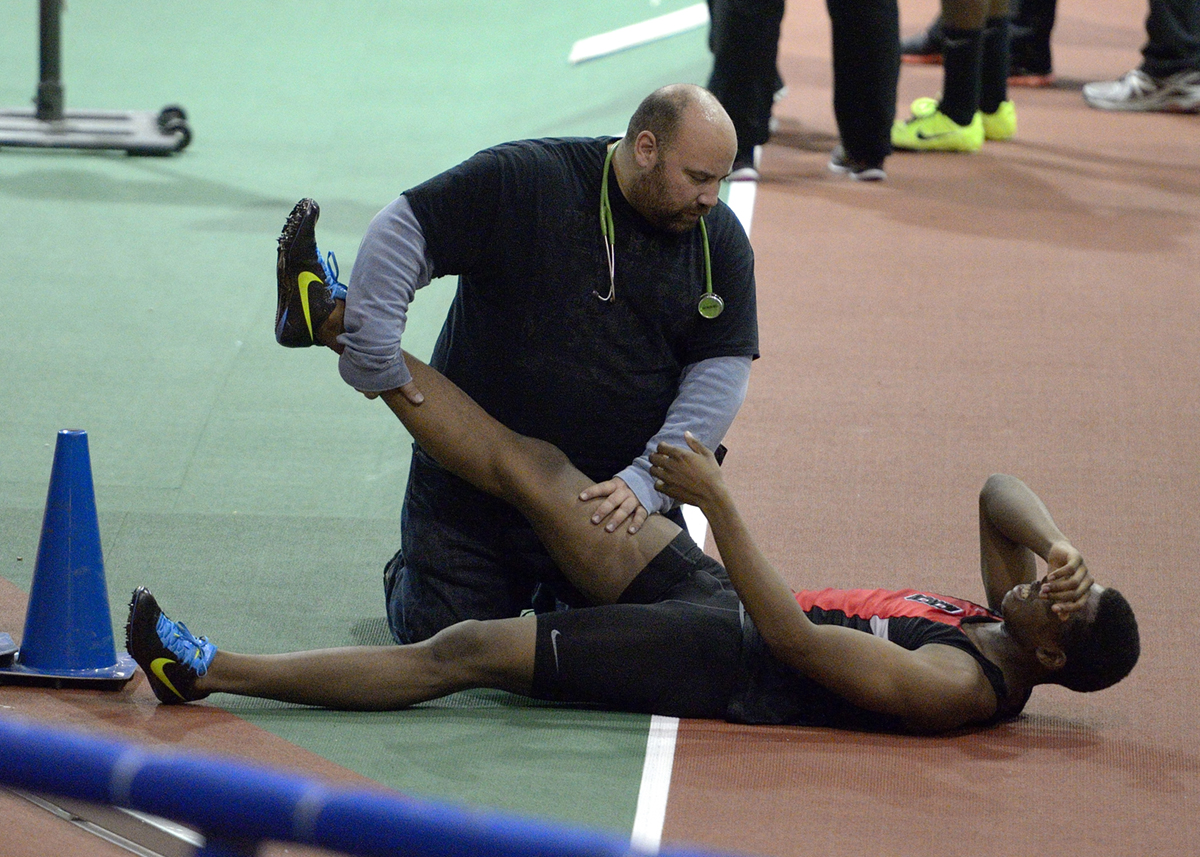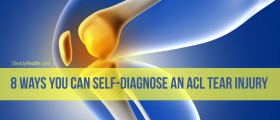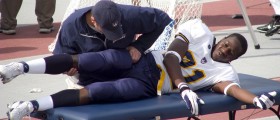
About Hamstring Injury
The hamstring comprises of three separate muscles, the biceps femoris, semitendinous and semimembranous. These muscles are located beneath the gluteus maximus of the pelvic bone and attach to the tibia. Hamstrings are considered fast-twitching muscles. As it is the case with any other muscle in the body even these muscles can be injured. The injury is generally in a form of pull or strain. The affected muscle may get partially or a completely torn.
Hamstring injury predominantly affects athletes. It is a common injury in soccer, football, basketball and tennis. Any activity associated with sprinting or sudden starting and stopping may induce the injury.
Hamstring injury typically causes a sudden and sharp pain in the back of the thigh. There may also be a popping or tearing sensation in the affected muscle. Swelling, tenderness, bruising and muscle weakness or instability of the injured area are several more characteristics of hamstring injury.
The chance a person will develop hamstring injury depends on the activity one is performing as well as his/her physical characteristics. Participation is sports increases the risk of such injury. The condition is also more frequent among people with previous hamstring injury. Hamstring injury is more common in people with poor flexibility and finally, some experts believe that hamstring injury may result from a muscle imbalance.
Therapy for Hamstring Injury
Hamstring injury can be suitably treated with general measures including rest and pain-relieving medications. Surgery is another option but it is only performed in severe damage to the affected muscle.
Mild hamstring injury does not lead to severe loss of muscle strength and heals quickly. Moderate hamstring injury features with partial tear of one or more of the hamstring muscles. In these cases, loss of strength is more intensive and recovery lasts longer. And finally, severe hamstring injury includes a complete tear of the affected hamstring muscle/muscles.
In initial stages the goal of the treatment is to reduce the pain and swelling and the desirable effects can be achieved by avoiding the activity that has led to the injury, resting and leg elevation, applying ice packs onto the injured area several times per day and wrapping the injured area with a compression bandage. Pain and inflammation control is accomplished with the assistance of pain killers. Patients with severe injury (complete tear) of hamstring muscle/muscles are operated by an orthopedic surgeon.
Rehabilitation in a form of physical therapy is recommended after surgical procedures and is also essential for conservatively treated patients. It generally starts soon after swelling subsides. It is highly effective and improves a range of motion of the injured leg, muscle strength and helps patients fully return to the activity level same as before the injury.

















Your thoughts on this
Loading...